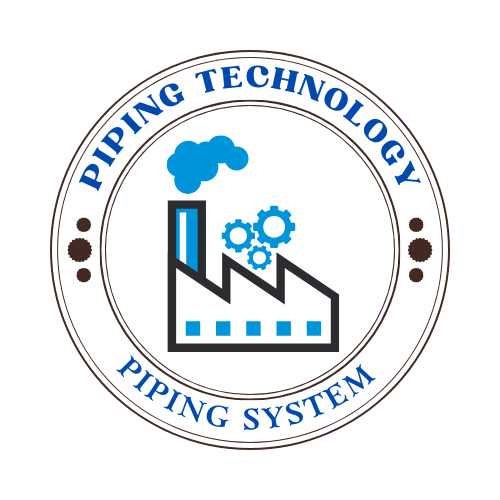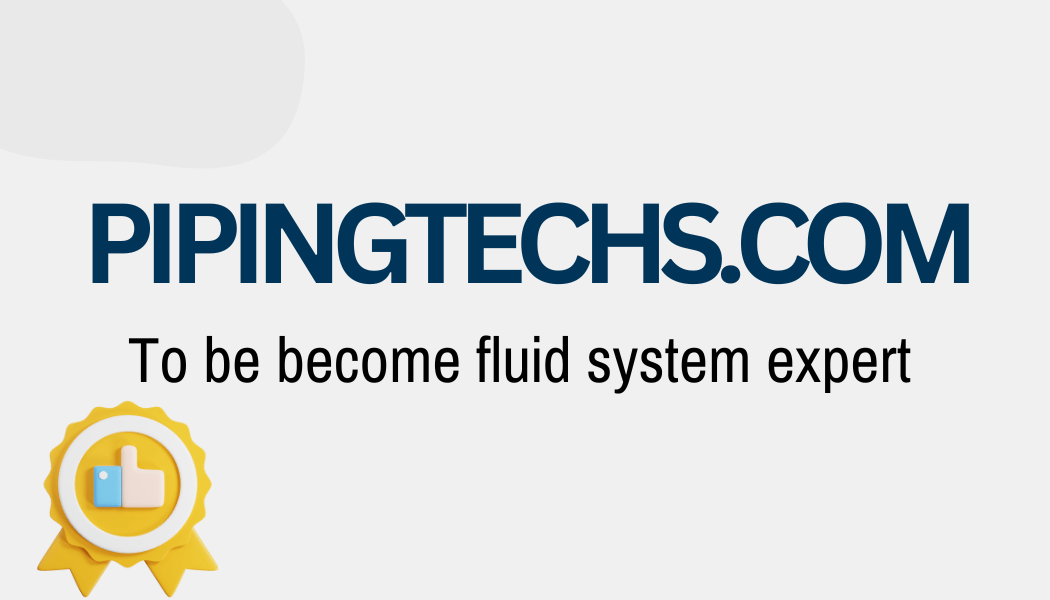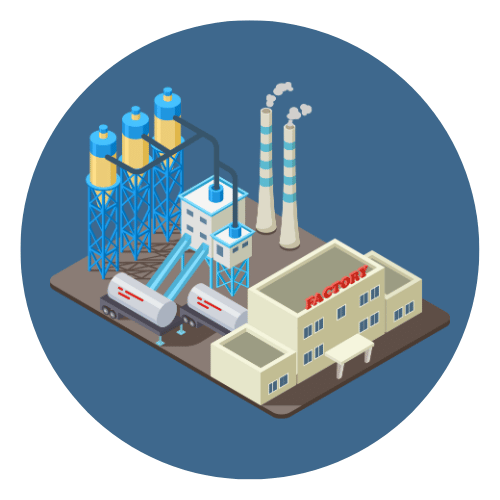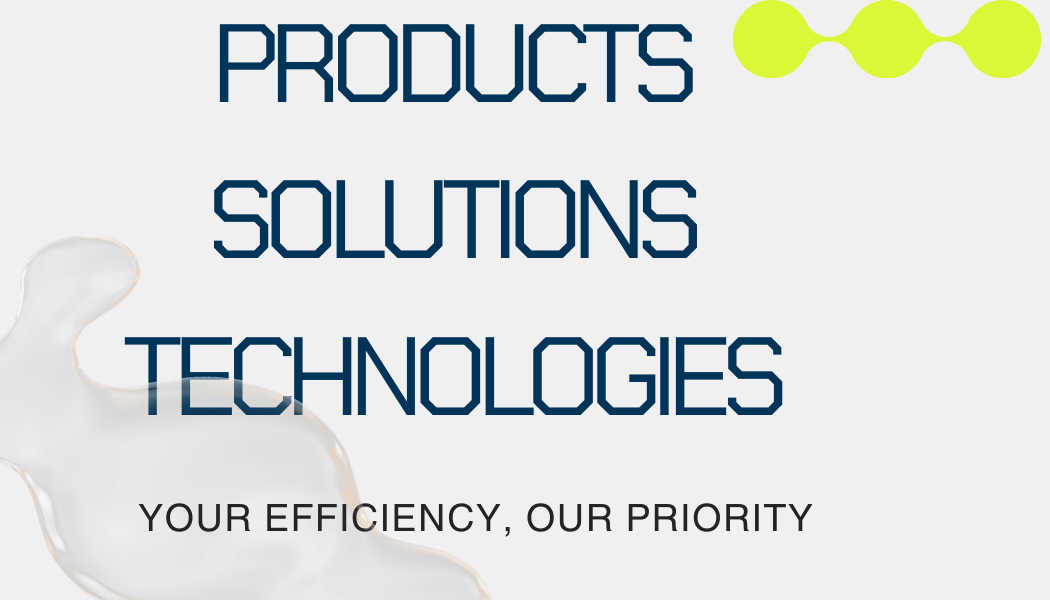PVC pipe bushings are an essential component in modern piping systems, widely used in both residential and industrial applications. These small, yet crucial fittings allow for the connection of pipes with different diameters, providing a smooth transition and ensuring the integrity of the piping system. Made from polyvinyl chloride (PVC), these bushings are valued for their lightweight, durable, and corrosion-resistant properties. Their ability to withstand various environmental factors, such as exposure to chemicals, moisture, and UV light, makes them an ideal choice for long-term use in a range of systems. Whether in plumbing, irrigation, or industrial piping networks, PVC pipe bushings play a key role in ensuring efficient fluid flow and system performance. In this article, we will explore the different types, uses, and advantages of PVC pipe bushings and how to properly select and install them for your piping needs.
What are PVC Pipe Bushings ?
Contents
- 1 I. What are PVC Pipe Bushings?
- 2 II. Types of PVC Pipe Bushings
- 3 III. Material and Durability of PVC Pipe Bushings
- 4 IV. Advantages of Using PVC Pipe Bushings
- 4.0.1 1. Cost-Effective
- 4.0.2 2. Corrosion Resistance
- 4.0.3 3. Chemical Resistance
- 4.0.4 4. Lightweight
- 4.0.5 5. Easy Installation
- 4.0.6 6. Low Maintenance
- 4.0.7 7. Durable and Long-Lasting
- 4.0.8 8. Versatile Applications
- 4.0.9 9. Leak-Proof Connections
- 4.0.10 10. UV Resistance
- 4.0.11 11. Environmentally Friendly
- 4.0.12 12. Variety of Sizes and Types
- 5 V. How to Select the Right PVC Pipe Bushing
- 5.0.1 1. Determine Pipe Sizes
- 5.0.2 2. Consider the Type of Connection
- 5.0.3 3. Material Specifications
- 5.0.4 4. Understand the Application
- 5.0.5 5. Pressure and Flow Requirements
- 5.0.6 6. Consider the Installation Environment
- 5.0.7 7. Ensure Compliance with Standards
- 5.0.8 8. Manufacturer Reputation and Warranty
- 5.0.9 9. Budget Considerations
- 6 VI. Installation Process for PVC Pipe Bushings
- 7 VII. Common Applications of PVC Pipe Bushings
- 7.0.1 1. Residential Plumbing Systems
- 7.0.2 2. Irrigation Systems
- 7.0.3 3. HVAC Systems
- 7.0.4 4. Industrial Piping Systems
- 7.0.5 5. Pool and Spa Systems
- 7.0.6 6. Irrigation and Agricultural Systems
- 7.0.7 7. Compressed Air Systems
- 7.0.8 8. Aquaculture
- 7.0.9 9. Rainwater Harvesting Systems
- 7.0.10 10. Medical and Pharmaceutical Piping
- 7.0.11 11. Fire Protection Systems
- 7.0.12 12. Food and Beverage Processing
- 7.0.13 13. Gas and Oil Pipelines (Low Pressure)
- 7.0.14 14. Telecommunication Infrastructure
- 8 VIII. PVC Bushing Specifications
- 9 Conclusion

Contents1 What Is a Gas Absorption Heat Pump?1.1 Key Features of Gas Absorption Heat Pumps:2 Working Principle of a Gas Absorption Heat Pump2.1 1. The Absorption Cycle Explained2.2 2. Cycle Operation Steps2.3 3. Heat Source Integration2.4 4. Heating and Cooling Capabilities2.5 5. Coefficient of Performance (COP)3 Types of Gas Absorption Heat Pumps3.1 1. Single-Effect Gas […]

Contents1 I. What is Galvanized Piping?1.0.1 Materials Used in Galvanized Piping1.0.2 The Galvanization Process2 II. Galvanized Piping Specifications2.0.1 1. Material Specifications2.0.2 2. Zinc Coating Requirements2.0.3 3. Dimensions and Tolerances2.0.4 4. Physical and Mechanical Properties2.0.5 5. Testing and Quality Assurance2.0.6 6. Compliance and Certifications2.0.7 7. End Finishes and Thread Specifications3 III. Galvanized Piping Dimension Size Chart3.1 […]

Contents1 I. How Hydraulic Hoses Work2 II. Types of Hydraulic Hoses3 III. Key Components of Hydraulic Hoses3.1 1. Inner Tube3.2 2. Reinforcement Layer3.3 3. Outer Cover3.4 4. End Fittings3.5 5. Protective Layers (Optional)4 IV. Selection Criteria for Hydraulic Hoses4.1 1. Pressure Rating4.2 2. Temperature Tolerance4.3 3. Fluid Compatibility4.4 4. Size and Length4.5 5. Flexibility and […]

Contents1 I. What is a Flaring Tool?2 II. Types of Flares and Applications2.0.1 1. Single Flare2.0.2 2. Double Flare (Inverted Flare)2.0.3 3. Bubble Flare (ISO Flare)2.1 Choosing the Right Flare for Your Application3 III. Types of Flaring Tools3.0.1 1. Manual Flaring Tools3.0.2 2. Ratchet Flaring Tools3.0.3 3. Hydraulic Flaring Tools3.0.4 4. Electric or Power-Assisted Flaring […]

Contents1 I. What are gas tanks ?1.1 Key Features of Gas Tanks:1.2 How Gas Tanks Work:2 II. Types of gas tanks2.1 1. Automotive Fuel Tanks2.2 2. Compressed Gas Cylinders2.3 3. Propane and Liquefied Petroleum Gas (LPG) Tanks2.4 4. Cryogenic Gas Tanks2.5 5. Natural Gas Vehicle (NGV) Tanks2.6 6. Industrial Bulk Storage Tanks2.7 7. Portable Camping […]

Contents1 I. What is a Submersible Water Pump ?1.1 Key Characteristics1.2 Advantages2 II. How Submersible Water Pumps Work ?2.1 1. Basic Working Principle2.2 2. The Role of the Motor and Impeller2.3 3. Waterproof Casing and Sealing2.4 4. Pushing vs. Pulling Mechanism2.5 5. Integrated Check Valve (Optional)2.6 6. Power Source and Control Mechanisms3 III. Types of […]

Contents1 I. What Are Pipe Connector Fittings?2 II. Types of Pipe Connector Fittings2.0.1 1. Coupling2.0.2 2. Elbow2.0.3 3. Tee2.0.4 4. Cross2.0.5 5. Reducer2.0.6 6. Adapter2.0.7 7. Union2.0.8 8. Caps and Plugs2.0.9 9. Flange2.0.10 10. Nipples2.1 Other Types of Pipe Connector Fittings3 III. Materials Used in Pipe Connector Fittings3.0.1 1. Stainless Steel3.0.2 2. Brass3.0.3 3. PVC […]

Contents1 I. What Are Polyurethane Pipes?2 II. Types of Polyurethane Pipes2.1 1. Standard Polyurethane Pipes2.2 2. Reinforced Polyurethane Pipes2.3 3. Abrasion-Resistant Polyurethane Pipes2.4 4. Anti-Static Polyurethane Pipes2.5 5. FDA-Approved Polyurethane Pipes2.6 6. High-Temperature Polyurethane Pipes2.7 7. UV-Resistant Polyurethane Pipes3 III. What is polyurethane pipe used for?3.1 1. Industrial Applications3.2 2. Agricultural and Irrigation Systems3.3 3. […]

Contents1 I. What is a Hydraulic Pipe Bender?2 II. Types of Hydraulic Pipe Benders2.0.1 1. Portable Hydraulic Pipe Benders2.0.2 2.0.3 2. Stationary Hydraulic Pipe Benders2.0.4 3. Hydraulic CNC Pipe Benders2.0.5 4. Roller Hydraulic Pipe Benders2.0.6 5. Mandrel Hydraulic Pipe Benders3 III. Key Features of Hydraulic Pipe Benders3.0.1 1. Bending Capacity3.0.2 2. Bending Angle Range3.0.3 3. […]

Contents1 I. What is an Air Compressor Water Separator?2 II. Types of Air Compressor Water Separators2.0.1 1. Centrifugal Water Separators2.0.2 2. Coalescing Filters2.0.3 3. Desiccant Dryers2.0.4 4. Refrigerated Dryers2.0.5 5. Membrane Air Dryers2.0.6 6. Inline Water Separators3 III. Components of an Air Compressor Water Separator3.0.1 1. Inlet Port3.0.2 2. Centrifugal or Cyclonic Chamber3.0.3 3. Filter […]


 Automation System
Automation System  Energy Engineeing
Energy Engineeing  Instrumentation System
Instrumentation System  Mechanical Engineeing
Mechanical Engineeing  Piping Technologies
Piping Technologies  Transportations
Transportations  Manufacturing
Manufacturing  Training Material
Training Material 





